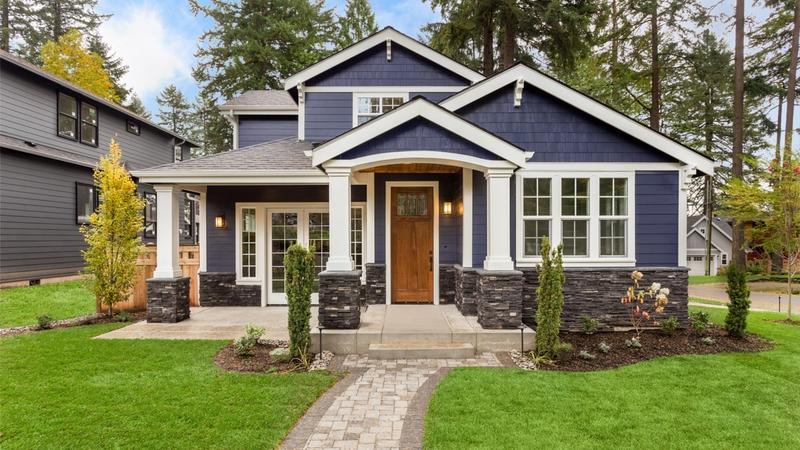If you own your home, you may wonder who is responsible if a person is injured while on your property. Unfortunately, the answer is often that you are responsible for any injuries that occur. If a person slips and falls while on your property, you can be held personally and financially responsible for the injury and related damages. One way that you can protect yourself is to acquire a home insurance policy that covers liability. You can also take proactive steps to make your home safer.
Legal Responsibility
Under Canadian law, a homeowner is expected to exercise a reasonable standard of care. This means that you should take any necessary precautions to ensure that any guests that visit your property are reasonably safe. This standard of care applies to the conditions of your home and property, as well as the safety of the activities that you are hosting on the premises. Many slip and fall cases are decided on a case by case basis in which the court must determine whether the homeowner breached his duty of care or acted in a manner that is extremely different than established norms. A homeowner may be held personally liable for a slip and fall injury if he was aware of a hazardous condition on the property but did not correct the problem or warn guests of the danger, if he did not remove ice or snow from the property, if there are slippery or uneven surfaces, if handrails are not installed on staircases, if any objects obstruct walkways or if poor lighting prevents guests from seeing any hazard.
Benefits of Home Insurance in the Event of a Slip and Fall Injury
To help mitigate your exposure to civil liability, it is best if you purchase home insurance that covers legal liability. Home insurance covers damages that occur if you breach your duty of care to maintain a safe home. If someone is injured while on your property, you must submit a claim to your home insurance company. The home insurance company often has a maximum amount that the company will pay out for legal liability claims. Damages for slip and fall cases can be extensive and can include damages for medical expenses, pain and suffering, loss of the enjoyment of life, lost wages, loss of future earnings and other out of pocket expenses that are a result of the slip and fall. Canadian law also allows spouses and other family members to assert their own damages for losses of care and companionship. They can also request damages for the provision of services that are a result of the victim’s injury. You may be protected under your home insurance policy in the event of a claim. If damages exceed the maximum liability amount on your home insurance policy you will have to pay the difference between the total amount of damages and the amount the home insurance covers.
Methods to Accident-Proof Your Home
Although liability insurance will likely cover damages if someone slips and falls on your property, submitting multiple claims to your home insurance company can result in higher premiums. You can take proactive steps to decrease the likelihood of slips and falls on your property. Some steps that you can take include:
- Clean up spills immediately
- Use slip-resistant rugs
- Place a no-slip mat in your bathtubs
- Install handrails to staircases
- Add lighting near staircases
- Provide lighting in any public areas of your home
- Clear any obstructions from floors prior to allowing guests to enter your home
- Reroute any cables that can be tripped over
- Make repairs to loose floorboards or other flooring surfaces
- Fix cracks in staircases
- Replace flooring with surfaces that are slip-resistant
- Remove outdoor debris such as stones and tree branches
- Add lighting to outdoor walkways
If you take these precautions and acquire home insurance that covers legal liability, you can help protect yourself from the financial devastation of a slip and fall lawsuit or from filing a home insurance claim.
